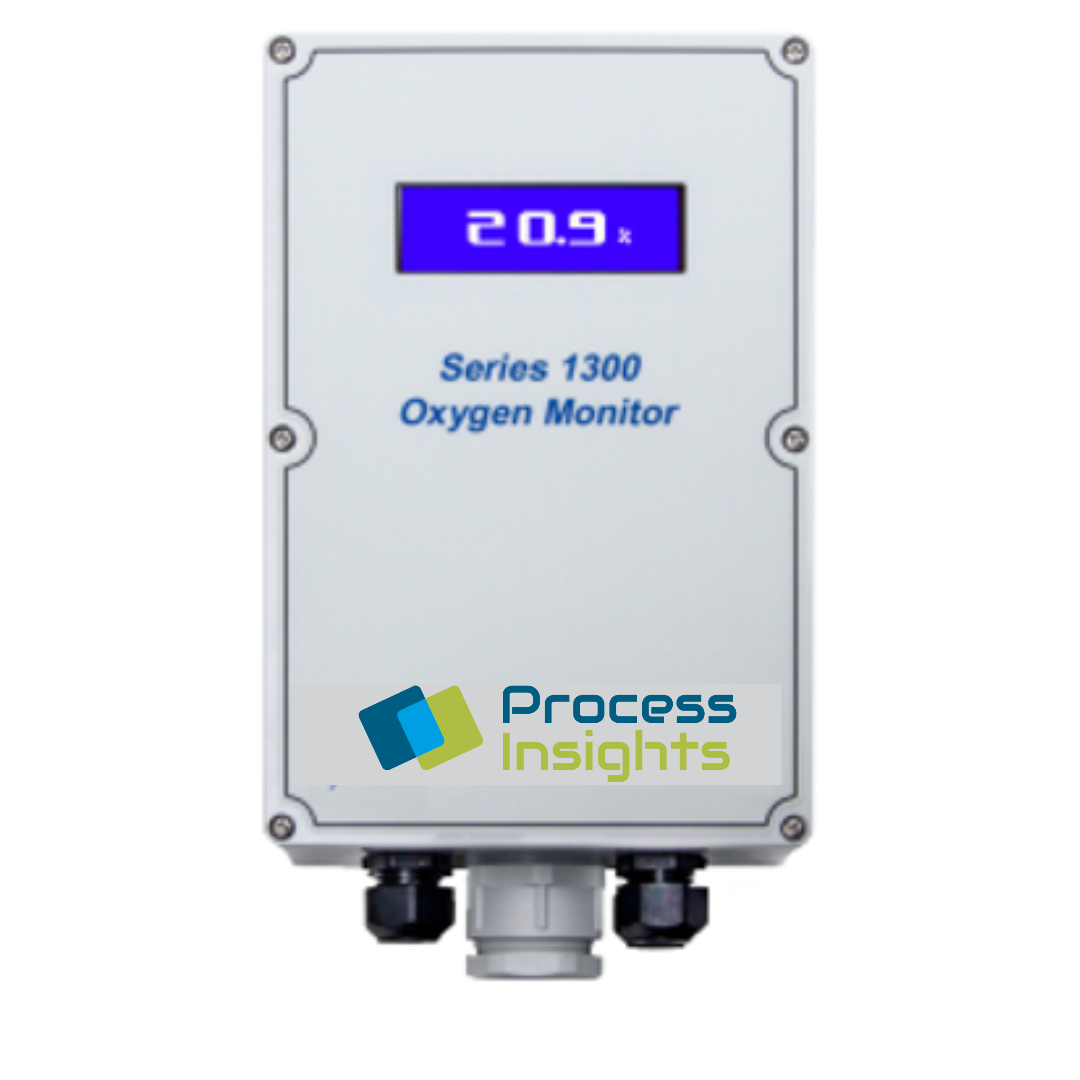Safety Monitoring
SAFETY MONITORING
Monitoring Oxygen Levels Matters
- Health hazards: When oxygen levels are too low, workers can experience dizziness, confusion, and loss of consciousness, which can lead to falls and other accidents. In severe cases, oxygen deficiency can cause permanent brain damage or death.
- Fire and explosion hazards: In some industrial processes, the absence of oxygen can create explosive conditions. For example, in the presence of a fuel source and an ignition source, an oxygen-deficient environment can lead to a combustible mixture that can explode. This can result in injuries to workers, equipment damage, and production delays.
- Production issues: Oxygen deficiency can also affect the quality and quantity of the final product. For example, in the production of metals, the absence of oxygen can lead to the formation of impurities that affect the strength and durability of the material. In other processes, oxygen deficiency can result in incomplete reactions or reduced yields, which can impact productivity and profitability.
- Regulatory compliance: In some industries, regulatory bodies require the monitoring and reporting of oxygen levels as part of environmental or safety regulations. Failing to maintain safe oxygen levels can result in fines, penalties, and legal liabilities.
RELIABLE OXYGEN DEFICIENCY MONITORS EQUALS SAFETY
Oxygen deficiency monitors are critical anywhere low oxygen levels in normal air can happen. If oxygen levels continuously drop eventually the room air simply cannot support life. This is a very dangerous situation.
Monitoring oxygen levels is crucial for safety in a variety of settings, including industrial workplaces, medical facilities, and confined spaces. The human body requires a certain level of oxygen to function properly, and when the oxygen level in the air drops below a safe threshold, it can lead to serious health problems.
In industrial workplaces, such as chemical plants or mines, workers may be exposed to low oxygen levels in confined spaces. Without proper oxygen monitoring, workers may not be aware of the danger and can suffer from symptoms such as dizziness, confusion, and loss of consciousness. In some cases, this can result in serious injury or even death.
In medical facilities, oxygen monitoring is critical to ensure that patients are receiving the proper level of oxygen during procedures or while on oxygen therapy. Monitoring oxygen levels can also help to detect respiratory distress in patients and prevent serious complications.
In confined spaces, such as underground tunnels or storage vessels, oxygen monitoring is necessary to ensure that workers can enter and work safely. In these settings, low oxygen levels can occur due to poor ventilation or oxygen depletion and can lead to asphyxiation or other serious health problems.
Room Oxygen Monitoring
If someone were to ask you what the major cause of gas related injuries in the workplace is, would your answer be carbon monoxide poisoning? What about exposure to ammonia, hydrogen chloride, carbon dioxide, hydrogen sulfide, or chlorine? Even though injuries are reported as a result of over exposure to these gases, oxygen deficiency continues to pose the largest overall health risk. Often referred to as the “silent killer”, oxygen depleted breathing air is the cause of numerous injuries and/or deaths on an annual basis. Breathing air oxygen can be depleted as a result of leakage of stored or piped inert gases such as nitrogen, helium, argon, carbon dioxide, sulfur hexafluoride, etc.
Industrial applications should use oxygen deficiency monitors to ensure the safety of workers who may be exposed to low oxygen levels. Oxygen deficiency can occur in confined spaces, such as tanks, tunnels, or storage vessels, where there is limited ventilation or oxygen supply. Breathing air with low oxygen levels can cause dizziness, loss of consciousness, and even death.
By using oxygen deficiency monitors, industries can detect low oxygen levels in the air and alert workers to the danger. The monitors can be used in a variety of industrial applications, such as mining, chemical manufacturing, food processing, and energy production. They can also be used in confined spaces like tanks, storage vessels, and sewers.
Moreover, oxygen deficiency monitors can also be used to ensure the optimal performance of industrial processes. For example, in the food packaging industry, maintaining low oxygen levels in packaging helps to extend the shelf life of food products. In the semiconductor industry, maintaining low oxygen levels in clean rooms is crucial to prevent contamination of microelectronic devices. In these cases, oxygen deficiency monitors help ensure that the desired oxygen levels are maintained throughout the process.
PROCESS CONTROL REQUIRES OXYGEN MONITORING
Have a critical process that demands accurate measurement of oxygen?
Americas +1 713.947.9591
EMEA +49 69 20436910
China/APAC +86 400 086 0106

